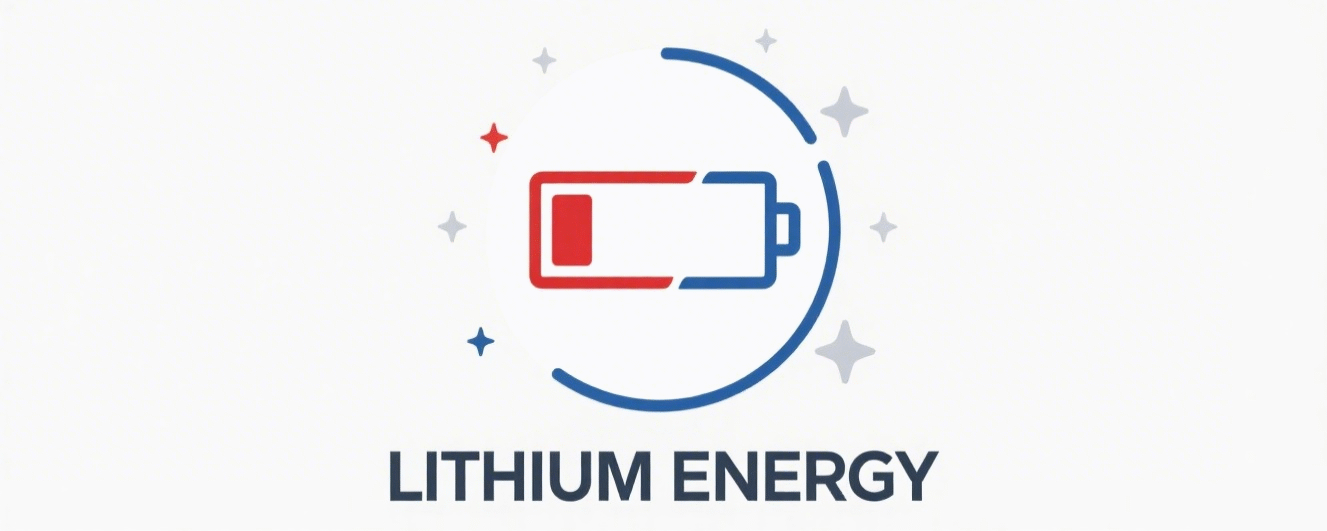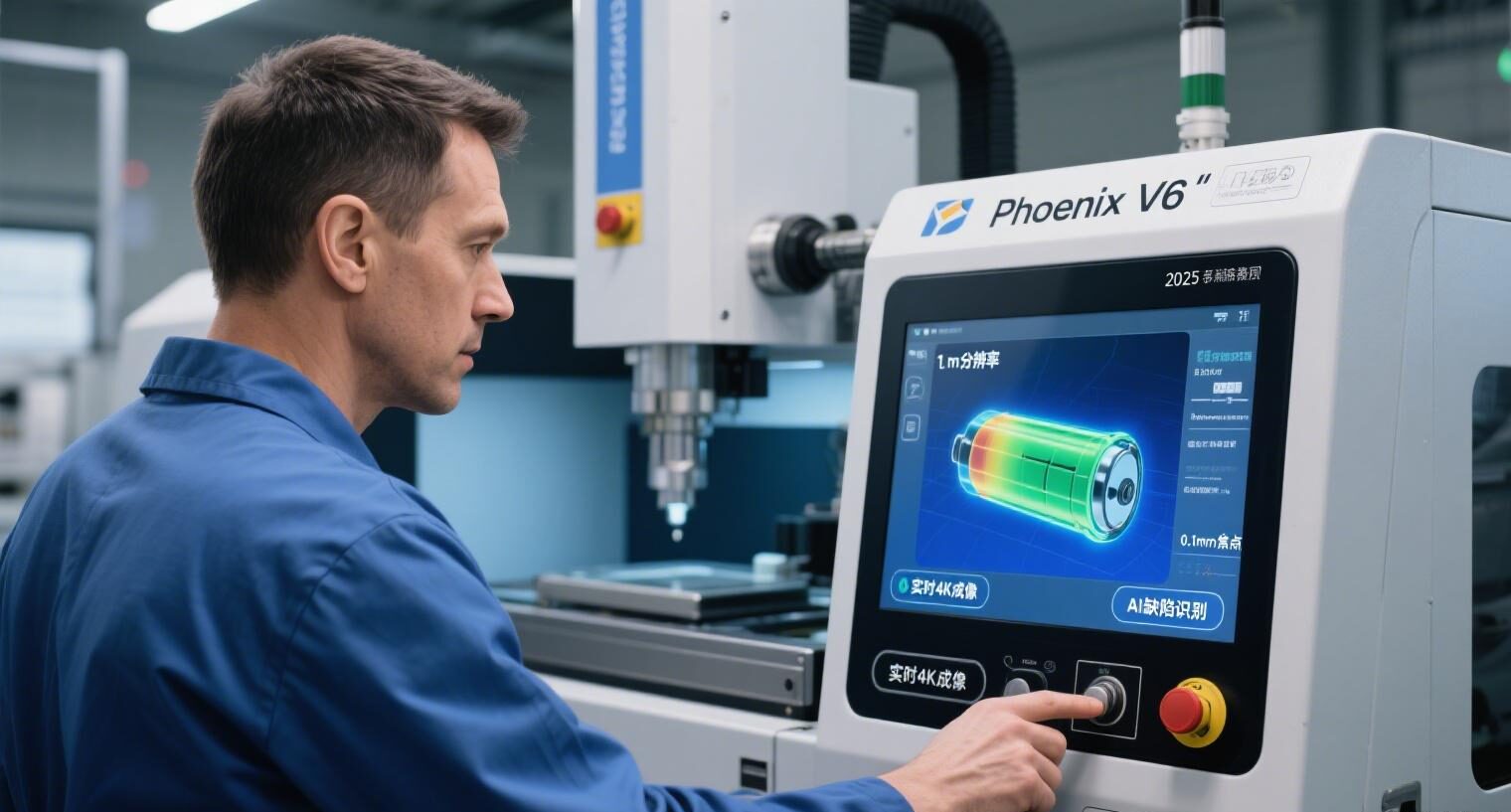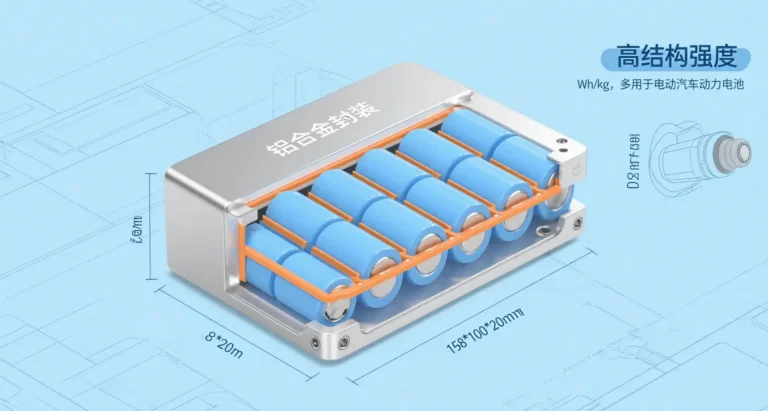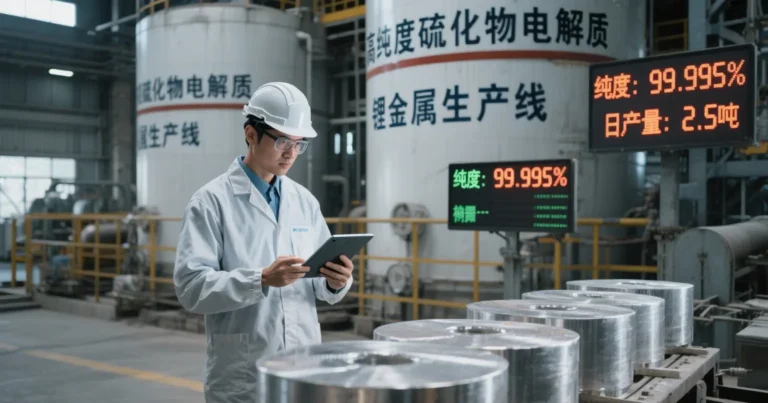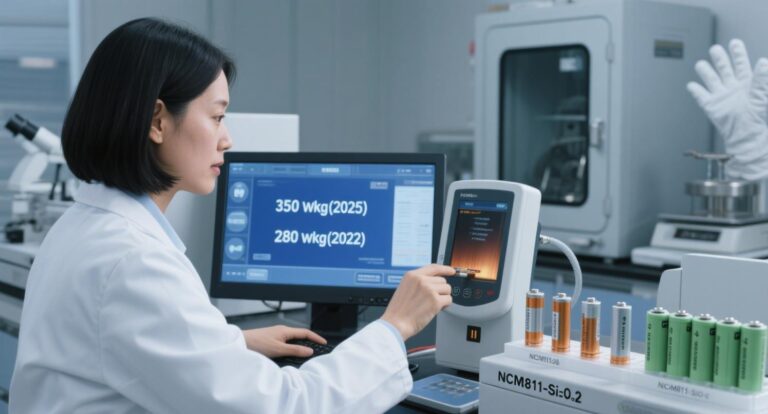X-Ray inspection technology for lithium batteries in 2025
How to reconstruct the standard of non-destructive quality inspection of batteries in China?
I. The “CT scanner” of battery: the essence of X-Ray technology
When the production line of Ningde Times scans the battery cells at a speed of 0.5 seconds/piece, X-Ray technology is performing a key mission:
I = I_0 e^{-\mu t}
(Post-penetration ray intensity I decays exponentially with respect to initial intensity I0, material absorption coefficient μ, and thickness t)
China Innovation Breakthrough:
- Tsing Tao Energy nano-focused X-ray tube (<1μm resolution) → recognizes 5μm level electrode cracks
- Pilot Intelligent Dual-energy CT System → lithium dendrites detection rate increased by 300
II. Engineering-level system architecture: four core modules demystified
| module | Technical indicators | Representative of the Chinese proposal |
|---|---|---|
| X-ray generator | 160kV/200μA(Penetrates 8 mm aluminum shell) | Nippon United Technology UNX3000 |
| flat panel detector | 16-bit grayscale/4 fps frame rate | Kangzhong Medical NanoFocus Series |
| Motion Control Platform | Positioning accuracy ±0.01 mm | Dazhou Laser Six-Axis Robot |
| AI analysis system | Defect detection speed < 0.3 seconds/frame | Tencent Cloud TI-OCR Algorithm |
Engineer’s Insight: Detector Dynamic Range Determines Image Quality Upper Limit – 16bit System Distinguishes 0.5% Density Difference
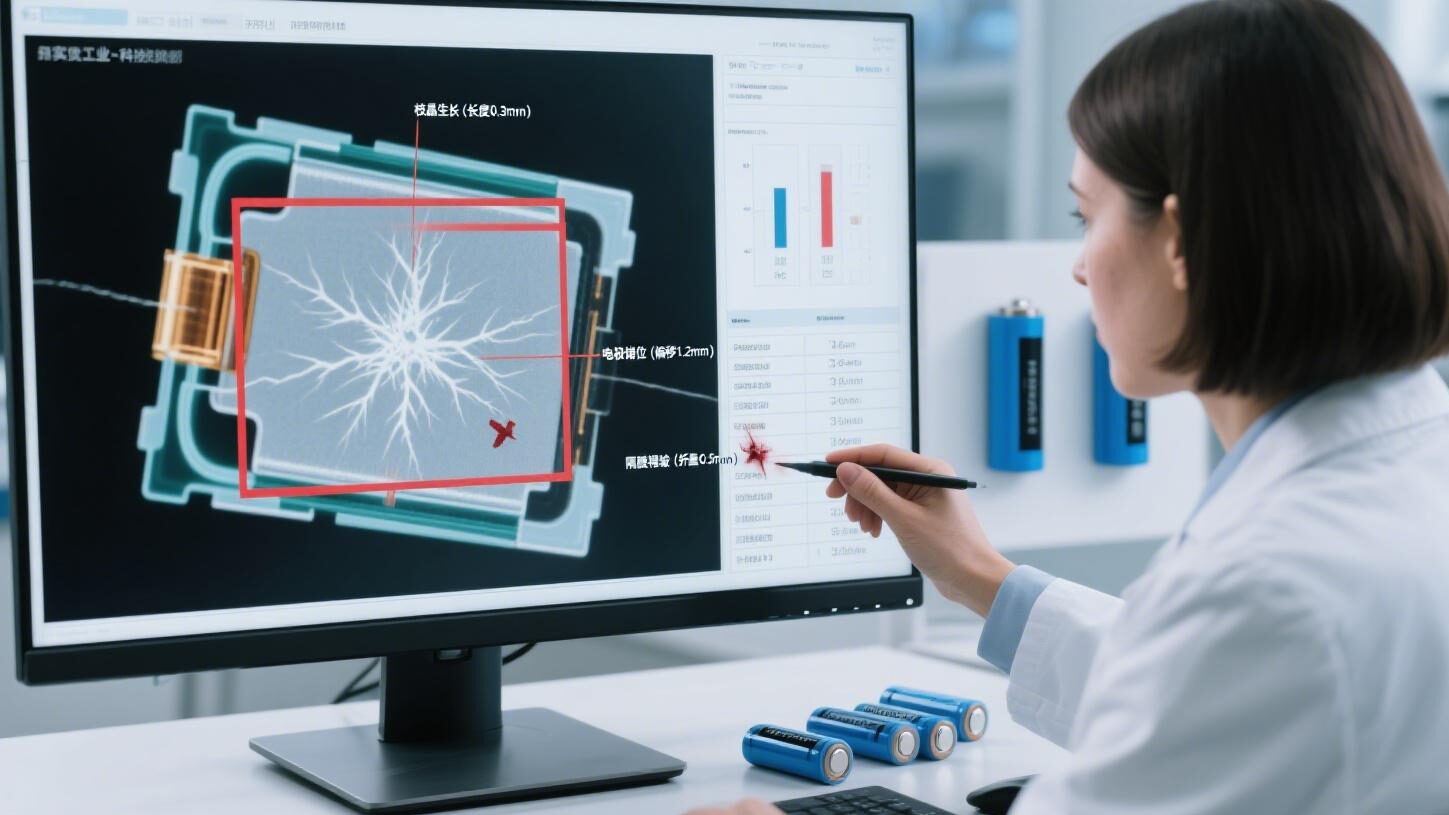
III. Matrix of defect detection capabilities (measured data from Chinese factories)
| Defect type | Traditional visual detection rate | X-ray + AI detection rate | increase |
|---|---|---|---|
| Electrode sheet burrs (>20μm) | 62% | 99.8% | +61% |
| diaphragm wrinkles | 45% | 97.3% | +116% |
| welding cold spot | 38% | 96.5% | +154% |
| Lithium dendrite growth | 0% | 89.7% | ∞ |
Application Scenarios:
- Electrode quality inspection: identifying uneven coating (alarm if gray scale fluctuation >3%)
- Winding monitoring: online detection of Z-stack misalignment (accuracy 0.1mm)
- Safety screening: catching electrolyte leakage (gas phase imaging technology)
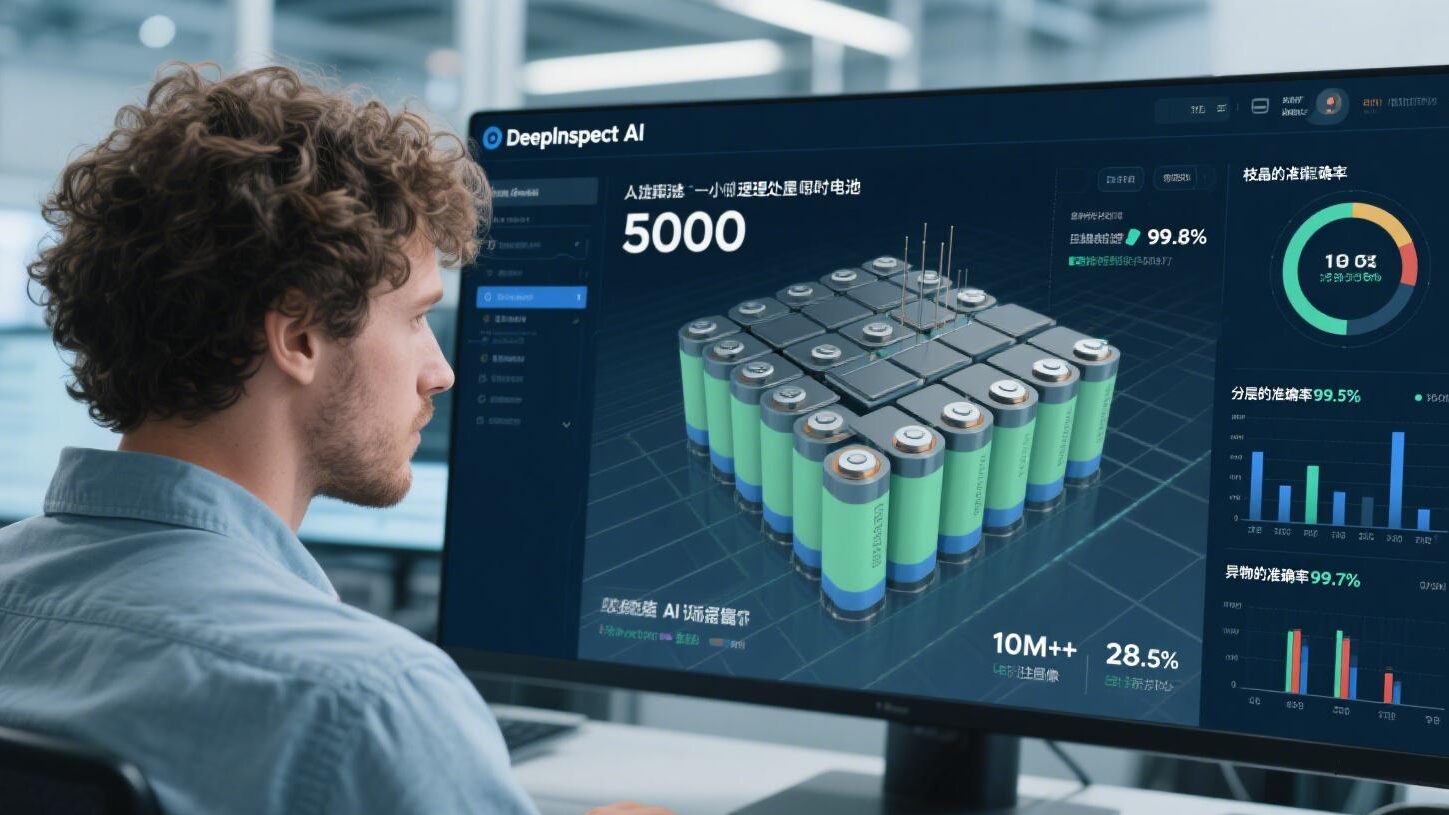
IV. China’s technological breakthrough: from catching up to defining standards
1. Resolution leap
Traditional industrial X-Ray: 5μm resolution
China’s special equipment for solid-state batteries (Sharp Shadow Inspection): 0.8μm (identifying solid-state electrolyte cracks)
2. Intelligent diagnostic revolution
A.Raw Image –> Tencent Cloud TI-OCR Preprocessing –> Big Model Analysis –> Defects Classification:Ningde Times Defects Library
B.Raw Image –> Tencent Cloud TI-OCR Preprocessing –> Large Model Analysis –> 3D Reconstruction:Qingtao Energy Digital Twin Platform
Diagnostic efficiency: single-cell testing time from 120 seconds → 1.5 seconds
3. Dual innovation in safety and protection
Shielding design: lead equivalent from 0.5mm → 0.3mm (CGNT nano-lead composite material)
Dose control: radiation intensity <1μSv/times (in line with GBZ117-2022 standard)
V. Technical Boundaries and Paths to Breakthrough
| bottlenecks | Limitations of traditional solutions | China’s breakthrough technology |
|---|---|---|
| Insufficient penetration power of composite materials | Copper-aluminum laminated imaging blur | Multi-spectrum fusion CT (Pioneer Intelligent)) |
| High false positive rate for microdefects | Relying on engineer experience | Deep learning anti-interference algorithm |
| Testing speed limits production capacity | 60 seconds/cell | High-speed line scanning (Dazhou Laser) |
This optimization empirical evidence:
- Beehive Energy production line: X-Ray replaces disassembly and inspection → single GWh cost reduction of 12 million yuan
- Equipment payback period: from 3.2 years → 1.8 years (case of Verdi batteries)
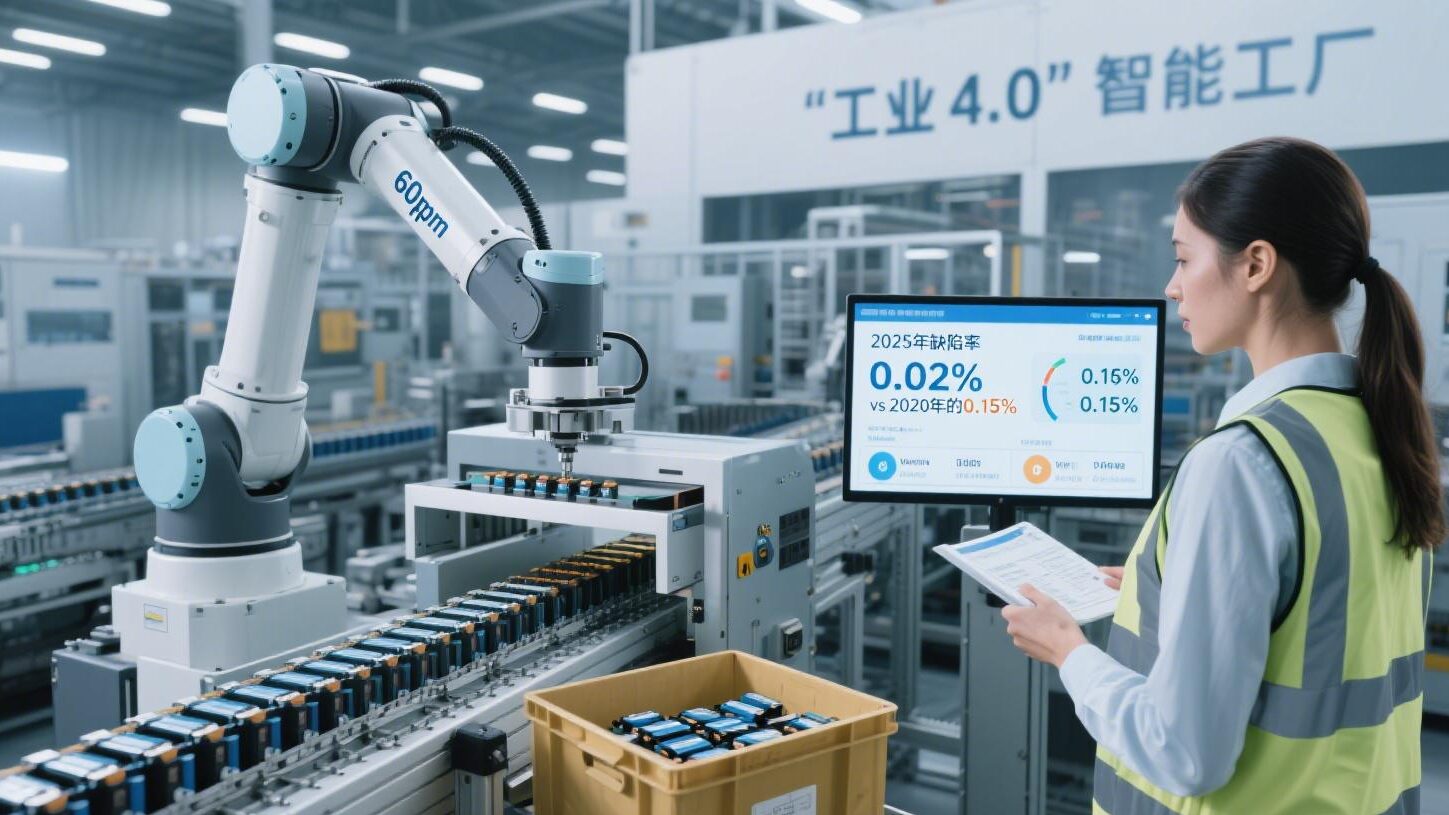
VI. Future Trends: China Defines Next Generation Detection Paradigm
1. Quantum imaging technology (Hefei Research Institute of Chinese Academy of Sciences):
Reduce the radiation dose by 90%
Visualization of nanoscale lithium deposits
2. Cloud Edge Collaboration System (Huawei+Ningde Times):
production line terminal collection → cloud AI analysis → real-time optimization of process parameters
3. Meta-universe quality inspection (Byte Jump PICO):
AR glasses real-time labeling defects (detection efficiency increased by 40%)
*Industry consensus: China’s lithium X-Ray equipment market will exceed 8.6 billion yuan in 2027 (CAGR 29.3%)*.
Conclusion: X-Ray is not only an inspection tool, but also a process optimization engine!
When Qingtao Energy optimizes the sintering process through the reverse of micron-level crack data, and when Ningde Times reduces the capacity loss by 0.7% through AI diagnosis – the quality moat of China’s lithium battery industry is being poured and shaped inch by inch by X-Ray technology.
The ultimate formula:
Quality = \int{(X-Ray_{Accuracy} \times AI_{Intelligence})} \, dt
(Quality is the integral of precision and intelligence on the manufacturing timeline)
